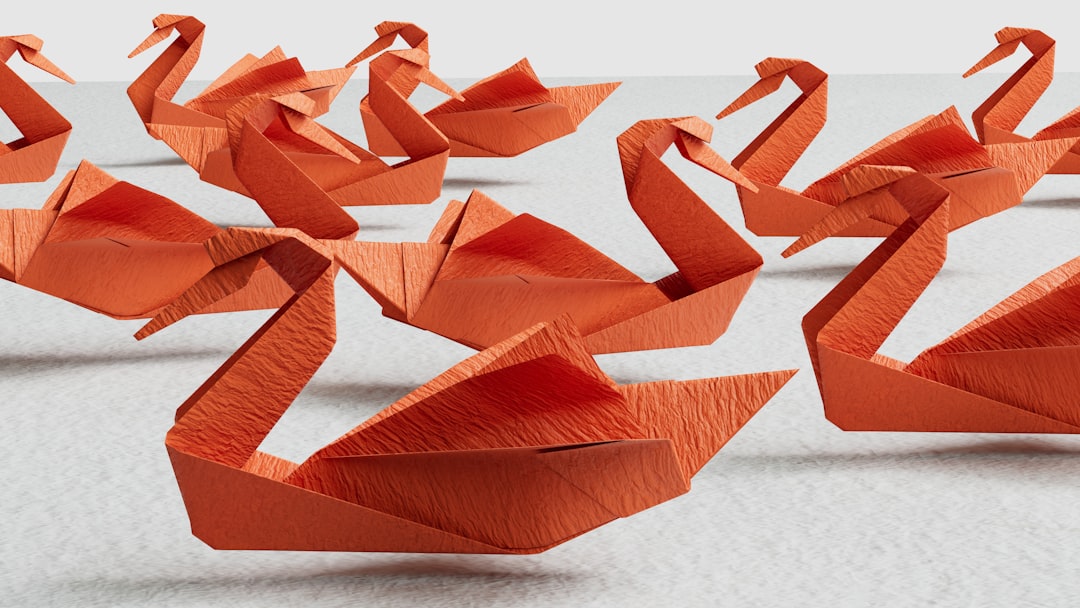
Revolutionizing Cycling: Introduction to 3D Printing
Compartir
3D printing has taken the world by storm over the past few decades, transforming the way we create and customize products across a variety of industries. One of the sectors that has begun to benefit greatly from this technology is cycling. In this article, we will explore how 3D printing is changing the cycling landscape and what benefits it brings with it for cyclists and manufacturers alike.
What is 3D Printing?
3D printing is an additive manufacturing process that allows three-dimensional objects to be created from a digital model. This process is carried out by accumulating successive layers of material, which can be plastics, metals, ceramics and more. The versatility and precision of 3D printing make it an ideal tool for the design and manufacture of cycling components.
Advantages of 3D Printing in Cycling
3D printing offers a number of benefits that could revolutionise the way cycling products are produced and personalised. Below we explore some of the most notable advantages:
1. Custom Personalization
One of the biggest draws of 3D printing is its ability to create custom products. Cyclists can have components designed specifically for their needs, whether in terms of fit, style or functionality. From handlebars to helmets, the possibilities are almost limitless.
2. Reduction of Costs and Production Times
3D printing allows manufacturers to quickly create prototypes without the need for expensive tooling or complicated production processes. This reduces development time and, consequently, costs, allowing companies to offer more competitive prices.
3. Sustainability
Traditional manufacturing often involves a lot of material waste. With 3D printing, products are built layer by layer, using only the necessary amount of material. This makes 3D printing a more environmentally friendly option, promoting sustainable practices in the cycling industry.
4. Innovation in Design
Designers can explore shapes and structures that are difficult or impossible to achieve using traditional manufacturing methods. This allows them to create lighter, stronger and more aerodynamic components and accessories, improving the experience for cyclists.
Applications of 3D Printing in Cycling
3D printing is used in a variety of applications within cycling. From bike components to accessories and safety features, here are some areas where 3D printing is making a difference:
Bicycle Components
Bicycle components such as frames, handlebars and pedals can be designed and manufactured using 3D printing. This allows for the sharing of innovative designs that fit the preferences of each cyclist, improving ergonomics and performance on the road or mountain.
Custom Accessories
Cyclists often look for accessories that fit their needs, and 3D printing allows for the creation of custom-made phone mounts, bottle cages, and other accessories. This not only improves functionality, but also offers the possibility of aesthetic customization.
Safety Elements
Safety is paramount in cycling, and 3D printing is helping to make a difference. Helmets, pads and lights are just a few of the applications where innovation can be used to improve cyclist protection. Additionally, prototypes can be created quickly for safety and performance testing.
The Future of Cycling and 3D Printing
As technology advances, so will the integration of 3D printing into cycling. In the future, we can expect exciting developments and an increase in the availability of 3D printed products on the market.
Development of New Materials
3D printing is continually evolving, and research into new materials is ongoing. We are starting to see the use of lighter, stronger, more weather-resistant materials, which will allow for greater durability and performance in cycling products.
3D Printing in Events and Competitions
The integration of 3D printing can also change the way cycling events and competitions are run. The ability to quickly produce replacement or custom parts can be a game-changer during a competition, allowing cyclists to have the best tool at their fingertips.
How to Get Started with 3D Printing in Cycling
If you are interested in exploring the world of 3D printing in cycling, here are some practical tips to get you started:
1. Research
Before you venture into 3D printing, do your research on the different types of 3D printers and the materials you can use. The choice of equipment and materials is crucial to achieving your customization and quality goals.
2. Learn Design Software
Familiarize yourself with 3D design software such as CAD, which will allow you to create custom models. There are many online resources that can help you learn these tools, even if you are a beginner.
3. Start Printing Prototypes
Once you have a design ready, start printing prototypes. Don't be discouraged if your first attempts aren't perfect; 3D printing is a learning process that will allow you to improve over time.
4. Share and Connect with the Community
The 3D printing community is vibrant and collaborative. Join forums, social media groups, and attend local events to share your experiences and learn from other cycling and 3D printing enthusiasts.
Final Impressions
3D printing is set to shape the future of cycling in ways we haven't even imagined. With its ability to be customised, sustainable and rapidly innovative, it is a tool that is democratising access to high-quality, bespoke products. As we continue to explore the possibilities of this technology, cycling will not just be a sport; it will become a completely personalised and individual experience. Get ready to pedal into an innovative and exciting future!
